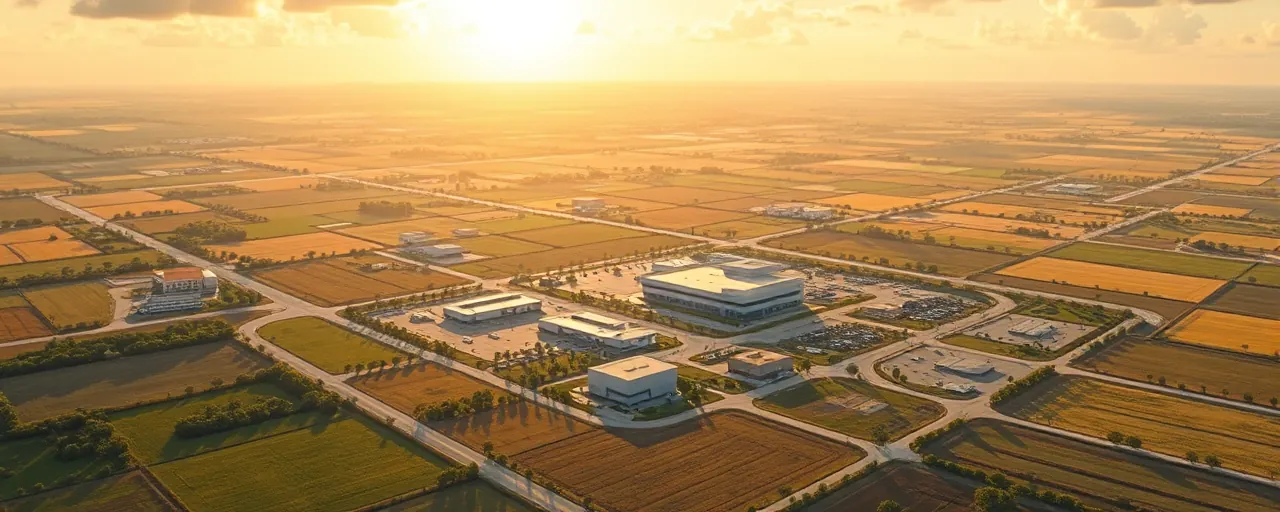A Bold Move in Miami
America’s border security just got a serious upgrade. On April 2, 2025, U.S. Immigration and Customs Enforcement (ICE) announced the reinstatement of a deal with Glades County, Florida, to reopen the Glades County Jail as a federal immigration detention center. This isn’t some half-baked plan; it’s a decisive strike against the chaos of illegal immigration, adding 500 beds to ICE’s arsenal in the Sunshine State. Acting Miami ICE Field Office Director Juan Agudelo didn’t mince words: this facility is a staging area to streamline the arrest, detention, and removal of illegal aliens. Finally, a government agency is stepping up to enforce the law instead of coddling lawbreakers.
For too long, porous borders have mocked our sovereignty, letting untold numbers slip through while bureaucrats twiddled their thumbs. The Glades County deal signals a shift. It’s not just about capacity; it’s about sending a message that America’s laws mean something. Florida, under Governor Ron DeSantis, has already set the pace with aggressive enforcement measures, and now ICE is doubling down. This isn’t a feel-good story for bleeding hearts; it’s a win for taxpayers, rule-of-law advocates, and communities tired of footing the bill for unchecked migration.
Jobs, Security, and Local Wins
The Glades County Jail isn’t just a detention hub; it’s an economic lifeline. Intergovernmental Service Agreements (IGSAs) like this one pump federal dollars into local coffers, creating jobs and boosting small-town economies. Moore Haven, a rural speck on Florida’s map, stands to gain big from this deal. With 500 new beds comes staffing, maintenance, and supply contracts, all translating to paychecks for American workers. Critics whine about ‘straining local resources,’ but the reality is starkly different: these agreements turn dormant facilities into engines of growth.
Historical precedent backs this up. When ICE expanded detention in the early 2000s, rural counties across the U.S. saw similar benefits. Take Lumpkin, Georgia, where a detention center revitalized a struggling economy without turning the town into a war zone. Opponents love to cry ‘over-policing’ or ‘profiling,’ yet the data shows these facilities target lawbreakers, not random citizens. Florida’s 67 counties, all partnered with ICE under the 287(g) program, prove cooperation works. The state’s $298 million enforcement investment in 2025 only sweetens the pot, ensuring local law enforcement has the tools to keep communities safe.
Efficiency Over Excuses
Logistics matter, and ICE is playing chess while detractors play checkers. The Glades County Jail’s central location cuts through the red tape of moving detainees across sprawling regions. With ICE facilities nationwide hovering at 109% capacity, holding over 42,000 people as of early 2025, every bed counts. This isn’t overcrowding; it’s optimization. Agudelo nailed it: the site ‘streamlines logistics’ for timely processing. Compare that to the mess of releasing illegals with ankle monitors or shuffling them to military bases, half-measures that waste time and money.
Sure, some point to reports of medical neglect or substandard conditions in detention centers. They’ve got a kernel of truth, but let’s not kid ourselves: these are outliers, not the norm. Private contractors running these facilities aren’t perfect, yet they deliver results federal bureaucracy can’t match. The alternative? Open borders and sanctuary cities where criminals hide in plain sight. Florida’s approach, blending state and federal muscle, has slashed inefficiencies since SB 1718 hit in 2023, mandating E-Verify and cracking down on undocumented perks like in-state tuition. Glades County is the next logical step.
Debunking the Do-Gooder Myths
Cue the hand-wringing from advocates claiming detention ‘disrupts families’ or ‘violates human rights.’ They’d have you believe every detainee is a saint fleeing persecution, not a lawbreaker gaming the system. Reality check: ICE targets those who’ve already crossed illegally or overstayed visas, not random families on a picnic. Asylum seekers get their day in court, but only 14% of detainees have lawyers, they moan. Whose fault is that? The system’s clogged with frivolous claims, bogging down legitimate cases. Community-based alternatives sound nice until you realize they’re just catch-and-release with extra steps.
Ethically, the argument flips. What about the rights of American citizens to secure borders and safe streets? Florida’s capital punishment for severe immigration-related crimes, enacted in 2025, underscores the stakes. Detaining illegals isn’t punitive; it’s protective. The Glades County expansion aligns with a federal push to double detention capacity, a strategy rooted in necessity, not cruelty. Those shouting about ‘humane’ solutions conveniently ignore the human cost of trafficking, drugs, and crime tied to unsecured borders. ICE isn’t the villain here; it’s the shield.
The Bottom Line
The Glades County Jail reopening is a masterstroke. It bolsters ICE’s mission, pumps life into a rural economy, and reinforces Florida’s ironclad stance against illegal immigration. This isn’t about optics; it’s about results. With DeSantis steering the state and ICE stepping up federally, the message is clear: America’s borders aren’t a suggestion. The 500 new beds aren’t just concrete and steel; they’re a commitment to law, order, and sovereignty.
Detractors will keep clutching their pearls, but the facts don’t care. Enforcement works when it’s backed by action, not apologies. Glades County proves we can secure the nation while lifting up our own. It’s a blueprint for the rest of the country, a no-nonsense fix to a problem too long ignored. America’s patience has run out, and ICE, with Florida in its corner, is finally delivering.
